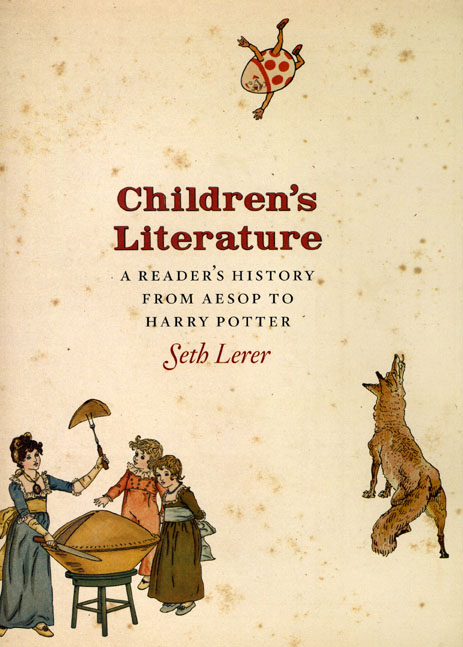“Utterly Bound Up in the Medieval”?
 The following passage appeared in the middle of Jill Lepore's article in The New Yorker earlier this summer on the dispute between Anne Carroll Moore, founder of the American children's library and head of the New York exemplar of the form, and Ursula Nordstrom, publisher of E. B. White's Stuart Little.
The following passage appeared in the middle of Jill Lepore's article in The New Yorker earlier this summer on the dispute between Anne Carroll Moore, founder of the American children's library and head of the New York exemplar of the form, and Ursula Nordstrom, publisher of E. B. White's Stuart Little. Children’s literature, at least in the West, is utterly bound up in the medieval, as Seth Lerer, a Stanford literature professor, argues in “Children’s Literature: A Reader’s History from Aesop to Harry Potter.” Lots of books for kids are about the Middle Ages (everything from “The Hobbit” to “Robin Hood” and “Redwall”), but the conventions of the genre (allegory, moral fable, romance, and heavy-handed symbolism) are also themselves distinctly premodern.
Hmm. Does this explain the abiding need for a "sense of hope"? Hope is even a character in The Pilgrim's Progress.
It’s not only that many books we shelve as “children’s literature”--Grimms’ Fairy Tales or “Gulliver’s Travels” or “Huck Finn”--were born as biting political satire, for adults; it’s also that books written for children in the twentieth century tend to be distinctly, willfully, and often delightfully antimodern. “The Phantom Tollbooth” has more in common with “The Pilgrim’s Progress” than it does with “On the Road.”
More seriously, I think it's notable that almost all the examples Lepore lists--everything except Robin Hood tales (which are medieval by necessity) and Huck Finn--have some element of fantasy.
We're not seeing the Middle Ages in Harriet the Spy or The Mysterious Disappearance of Leon, I Mean Noel or Captain Underpants or Little House on the Prairie. They and most other new children's novels, I dare say, are based on common forms of adult literature, adapted for younger readers' interests.
Rather than say that western children's literature is bound up in the Middle Ages, it might be more accurate to say that only in children's literature are books allowed to retain what smell like medieval traits: magic, allegory, moral lessons, talking animals. And, as a consequence, a book that exhibits those traits is more likely to be classified or treated as children's literature.


1 comment:
Rather than say that western children's literature is bound up in the Middle Ages, we might say that some critics are prone to pronouncing on "western children's literature" while ignoring (or being in ignorance of) vast sections of the corpus. The examples you pointed out are only a few of many.
Post a Comment